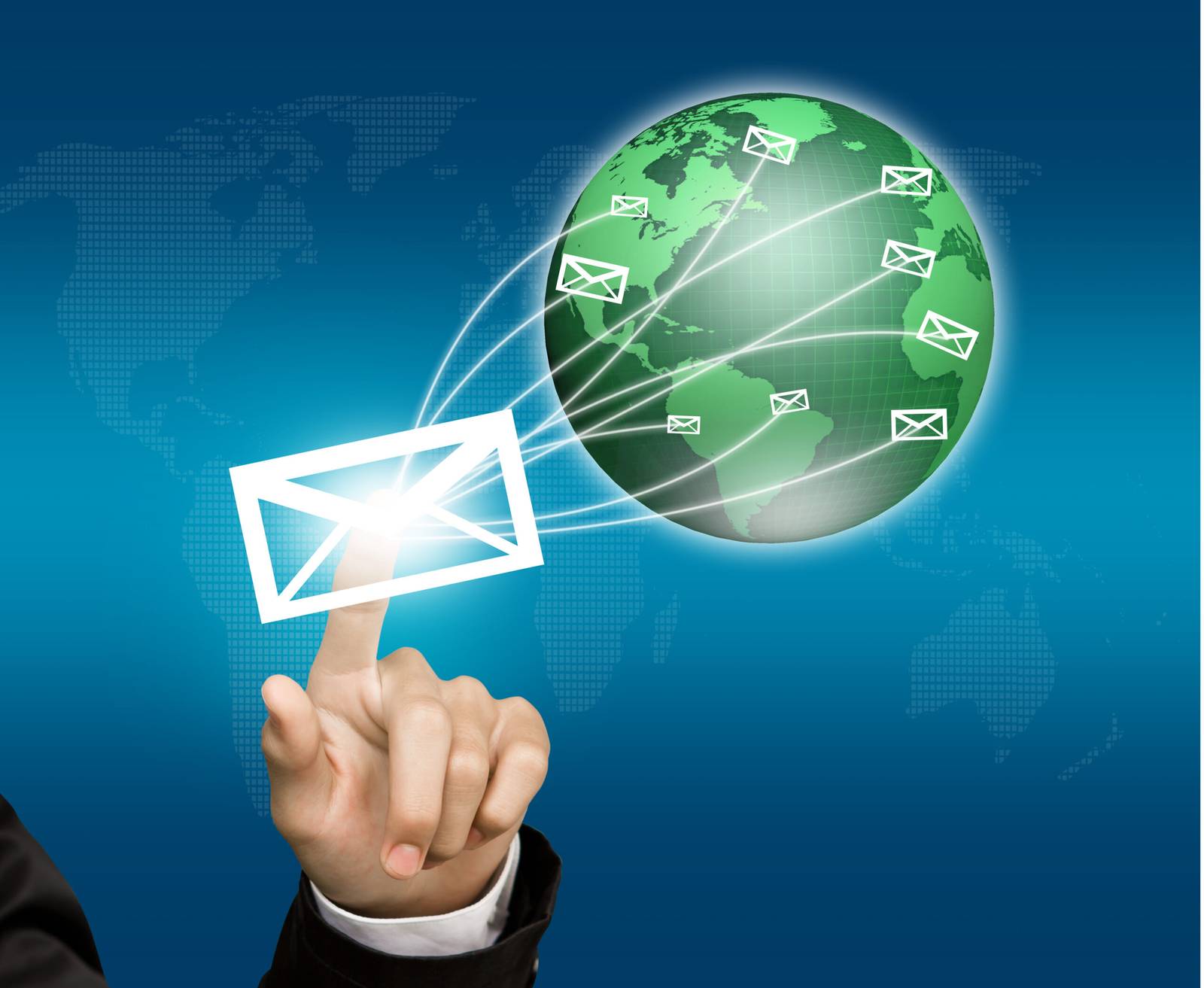The Dos and Don’ts of Email Subject Lines

by Web Digital
Email marketing remains a potent tool for engaging your audience, but its effectiveness often hinges on one critical element: the subject line. Crafted well, a subject line can entice recipients to open your email. However, mistakes in email subject lines can lead to emails going unread or, worse, getting marked as spam. In this article, we’ll explore the dos and don’ts of email subject lines, helping you create compelling, effective, and engaging subject lines for your email marketing campaigns.
The Dos: Crafting Compelling Subject Lines
Be Clear and Concise: Subject lines should clearly convey the email’s content or purpose in a few words. Clarity is key.
Personalization: Use the recipient’s names when appropriate.
Create Curiosity: A well-placed curiosity gap can encourage recipients to open the email to find out more.
Urgency: If the email contains time-sensitive information or offers, convey urgency in the subject line.
Relevance: Ensure the subject line relates directly to the email’s content. Misleading subject lines can damage trust.
A/B Testing: Experiment with different subject lines to identify what resonates with your audience.
Ask Questions: Questions can pique interest and encourage recipients to open the email to find the answers.
Use Action Verbs: Action-oriented language can drive recipients to take action, such as “Grab your discount now.”
Highlight Benefits: Clearly communicate what recipients gain by opening the email. Explain the value they’ll receive.
The Don’ts: Common Subject Line Pitfalls to Avoid
All Caps: Avoid using all capital letters, as it can appear aggressive and spammy.
Excessive Punctuation: Limit the use of exclamation marks and special characters. Excessive punctuation can trigger spam filters.
Misleading Claims: Don’t make exaggerated or false claims in subject lines. Honesty is crucial.
Spammy Keywords: Steer clear of spam-triggering words like “free,” “cash,” and “guaranteed.” These words can land your email in the spam folder.
Lengthy Subject Lines: Keep subject lines concise. Lengthy lines get cut off on some devices and may lose impact.
Unsegmented Lists: Avoid sending the same subject line to your entire list. Segment your audience and tailor subject lines to their interests.
Bland or Generic Lines: Subject lines like “Newsletter #42” or “This Week’s Updates” lack intrigue. Be specific and engaging.
Overuse of Emoji: While emojis can be fun, excessive use can make your emails seem unprofessional. Use them sparingly.
Compliance with Regulations
CAN-SPAM Act: Comply with the CAN-SPAM Act by including a physical address and a clear way for recipients to unsubscribe.
GDPR: If your audience includes individuals in the European Union, adhere to GDPR regulations regarding data protection and consent.
CASL: For Canadian recipients, ensure compliance with the Canadian Anti-Spam Legislation (CASL) by obtaining consent for sending emails.
Subject Line Examples
Dos:
“Exclusive Offer: 50% Off Your Next Purchase”
“Personalized Just for You, [Recipient’s Name]”
“Last Chance: Limited-Time Flash Sale Ends Today”
“Quick Survey: Tell Us Your Thoughts”
Don’ts:
“MAKE MONEY FAST!!!”
“FREE iPhone – You’re a Winner!”
“You’ve Won $1,000,000! (Not a Scam)”
“Re: Important Document” (misleading “Re:”)
“Newsletter” (generic and uninformative)
Conclusion
Email subject lines are the first impression your audience has of your message. Crafting compelling, engaging subject lines is vital for the success of your email marketing campaigns. By adhering to the dos and avoiding the don’ts, you can increase open rates, improve click-through rates, and foster a positive relationship with your subscribers. Email marketing remains a powerful tool when used effectively, and a well-crafted subject line is your foot in the door to engaging your audience.
Recommended Posts

The Best Email Marketing Platforms for Canadian Users
September 27, 2025

The Ultimate Guide to Email Marketing in Canada
September 22, 2025

